How Does an Oil Rig Work
The unquenchable desire for energy in the modern world has resulted in the discovery and extraction of oil reserves from the Earth’s crust. Oil rigs, technical and technological wonders, play a critical role in this process. These magnificent structures let us access massive quantities of fossil fuels hiding beneath the ocean floor. In this article, we discuss on topic that how does an oil rig work, exploring the intricate workings of an oil rig, from its construction to the extraction.
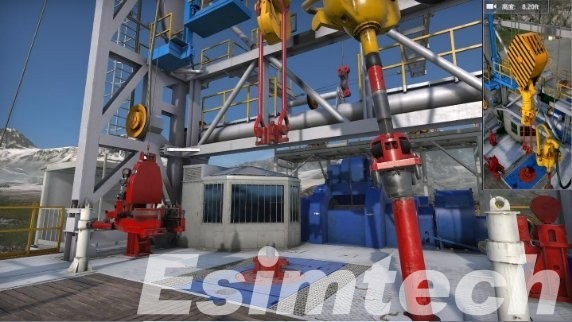
Drilling Operations in the Workings of an Oil Rig
The primary purpose of an oil rig is to drill wells to recover oil and gas from beneath the Earth’s surface. The procedure starts with the careful selection of drilling locations based on geological surveys and seismic data. The construction of the rig begins once a suitable location is selected.
Platform Construction
Offshore and onshore oil rigs are the two primary types. Offshore drilling rigs are frequently used in the water, whereas onshore rigs are located on land. Because of the obstacles provided by the open sea and the depths at which drilling occurs, offshore rigs are particularly fascinating.
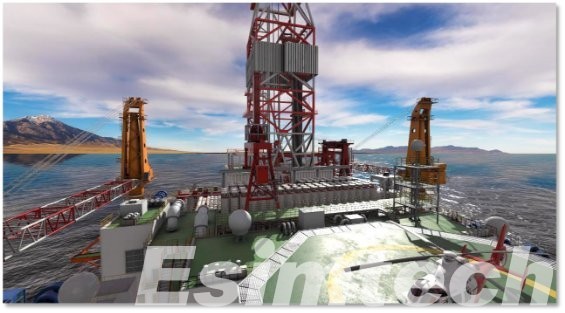
Offshore platforms are built in a variety of styles, including fixed platforms, floating platforms, and subsea systems. Fixed platforms are erected on concrete or steel constructions that are anchored to the seabed, whereas floating platforms float on the surface of the water and are maintained in place by mooring systems. Subsea systems entail digging holes in the ocean floor with no visible surface structure.
Drilling Process
Oil drilling is a multi-step procedure that involves boring holes through several rock layers in order to gain access to hydrocarbon sources. The process typically involves several phases:
1. Site Preparation and Well Design
Extensive geological studies are conducted to locate potential drilling sites. Engineers design the well after deciding on a location, taking into account aspects like goal depth, expected reservoir characteristics, and the surrounding environment.
2. Rig Setup
A drilling rig must be delivered to the site before drilling can begin. The derrick (a tall structure that supports the drilling equipment), the drawworks (which raises and lowers the drill string), and the rotary table (which turns the drill string) are all part of the rig.
3. Spudding In
The first drilling of the well is referred to as spudding in. After attaching a drill bit to the bottom of the drill string, the rotary table begins to rotate, driving the bit into the ground. As drilling progresses, sections of drill pipe are added to the string to reach the desired depth.
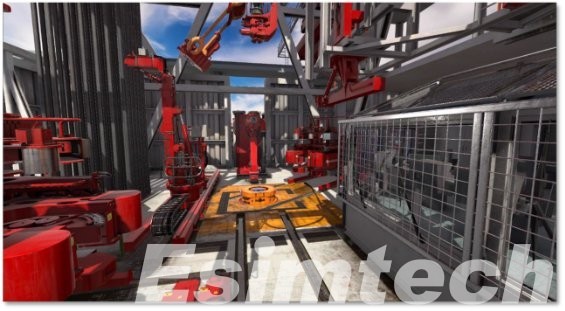
4. Circulation of Drilling Fluid
Drilling fluid, also known as “mud,” is essential to the drilling process. It is poured down the drill string and escapes through the drill bit’s nozzles. By applying pressure on the borehole walls, this fluid cools the bit, pushes rock cuttings to the surface, and keeps the well from collapsing.
5. Casing and Cementing
Steel casing is placed into the well as drilling advances to support it and avoid collapses. To produce a secure seal, cement is poured into the annular gap between the casing and the wellbore walls. This limits fluid flow between formations and protects groundwater.
6. Drill Bit Types
Depending on the rock formation being drilled, different types of drill bits are employed. Roller cone bits are commonly used for softer formations, while diamond bits are suitable for harder rock.
7. Measuring and Logging
Sensors and equipment are utilized during the drilling process to capture data about the well, such as rock formations, pressure, and temperature. This information assists geologists and engineers in understanding the subsurface environment.
8. Directional Drilling
Wells must be drilled at an angle in some circumstances to access reservoirs buried beneath impediments or in atypical formations. Directional drilling techniques entail employing specialized equipment to regulate the trajectory of the hole.
Drilling Engineering Simulations in the Drilling Process
The use of computer-based models to simulate and analyze many aspects of the drilling process is referred to as drilling engineering simulation. Due to the high cost of drilling equipment and the hazardous environment on the construction site, other personnel, in addition to production professionals, are not permitted to access and enter the oil drilling production site. So these drilling simulation systems are designed to help drill engineers better understand the behavior of the wellbore and make more informed decisions about the drilling process.
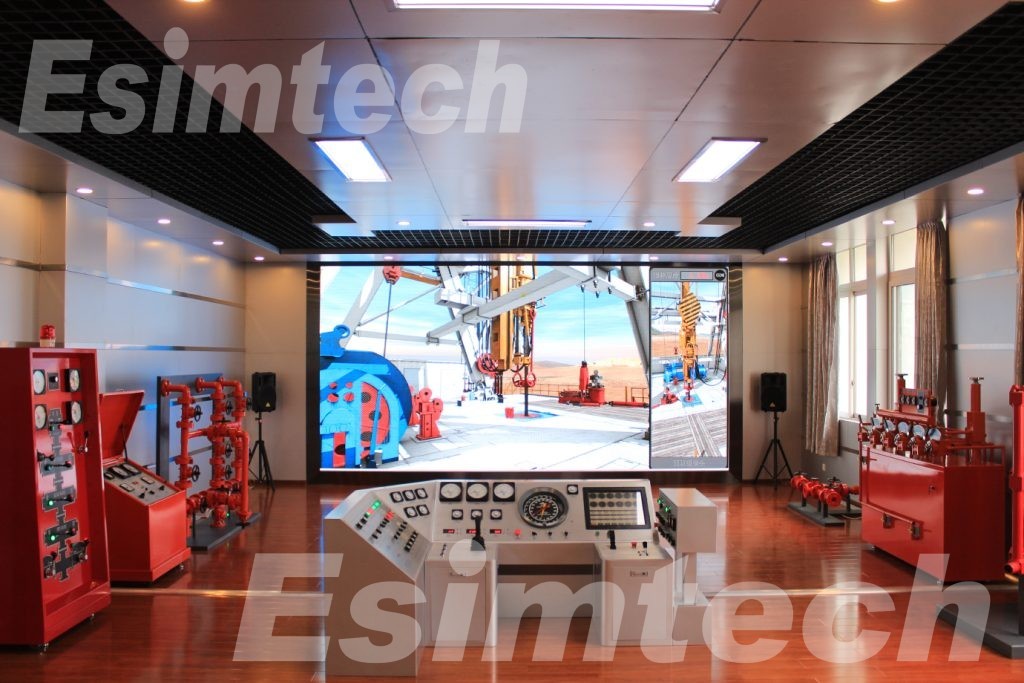
There are several different types of drilling engineering simulations, including:
Hydraulic modeling: The flow of fluids through the wellbore and the impact of drilling mud qualities on the drilling process are the focus of this sort of simulation.
Drilling dynamics modeling: This simulation investigates the mechanical behavior of the drill string as well as the effect of various drilling parameters on its performance.
Wellbore stability modeling: This type of simulation is concerned with estimating the wellbore’s stability during drilling while taking into account the geomechanical parameters of the formation being drilled.
Pore pressure prediction: This simulation is used to forecast pore pressure and fracture gradients in the formation being drilled, which can aid in the prevention of wellbore instability and other drilling issues.
Wellbore trajectory planning: This type of simulation is used to plan the path.
Extraction and Production in the Workings of an Oil Rig
After the well has been drilled, the extraction and production process begins. This entails constructing channels for oil and gas to flow from the reservoir to the surface.
1. Casing and Cementing
Casing, which is a network of steel pipes, is installed into the wellbore to stabilize it and prevent it from collapsing. The shell also isolates various forms, preventing fluid flow between them. To maintain a secure seal and protect groundwater from pollution, cement is poured into the annular gap between the casing and the rock walls.
2. Well Completion
The well is finished once the casing is in place. The reservoir is reached by inserting production tubing into the casing. This tube serves as a conduit for the passage of oil and gas to the surface while maintaining the integrity of the well.
3. Extraction and Separation
Because of the pressure in the reservoir, oil and gas naturally rise to the surface. Additional measures, like as pumps or pressure reduction techniques, are sometimes used to improve flow. The extracted fluids are delivered to the platform’s processing facilities once they reach the surface.
4. Processing and Storage
Separation techniques are used to remove contaminants, water, and gas from the produced oil. As a result, crude oil is produced and stored in tanks on the platform before being transported to refineries for further processing.
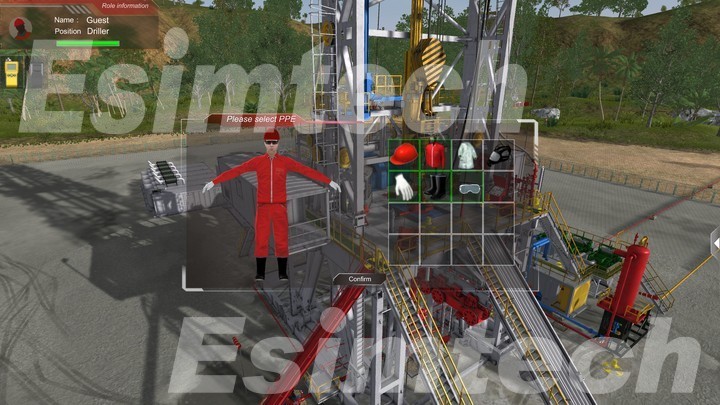
Conclusion
Oil rigs contain a plethora of sophisticated procedures that necessitate expertise from numerous sectors, from the cautious selection of drilling sites through the difficult drilling process and subsequent extraction and production operations. As our globe evolves, the technology and procedures used in oil rig operations will most certainly increase, providing a steady supply of energy to suit modern society’s needs.
